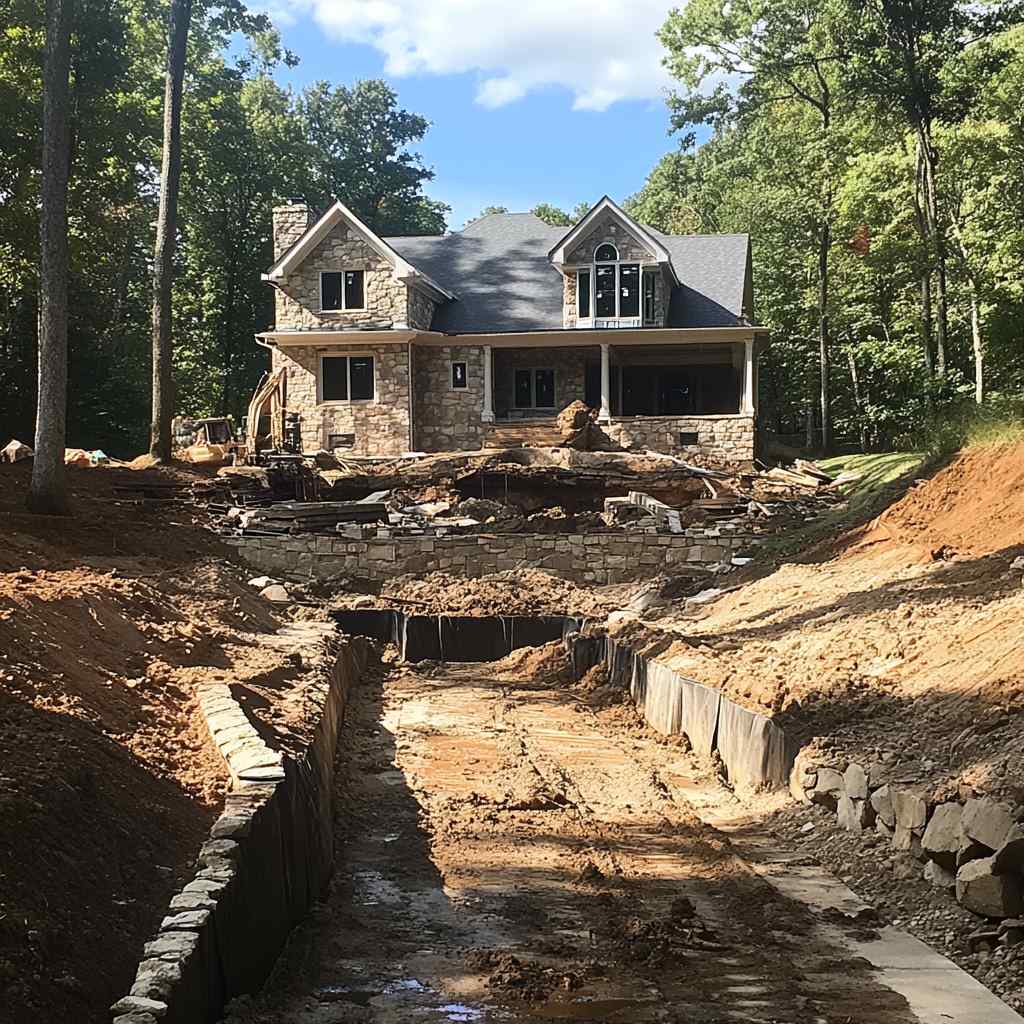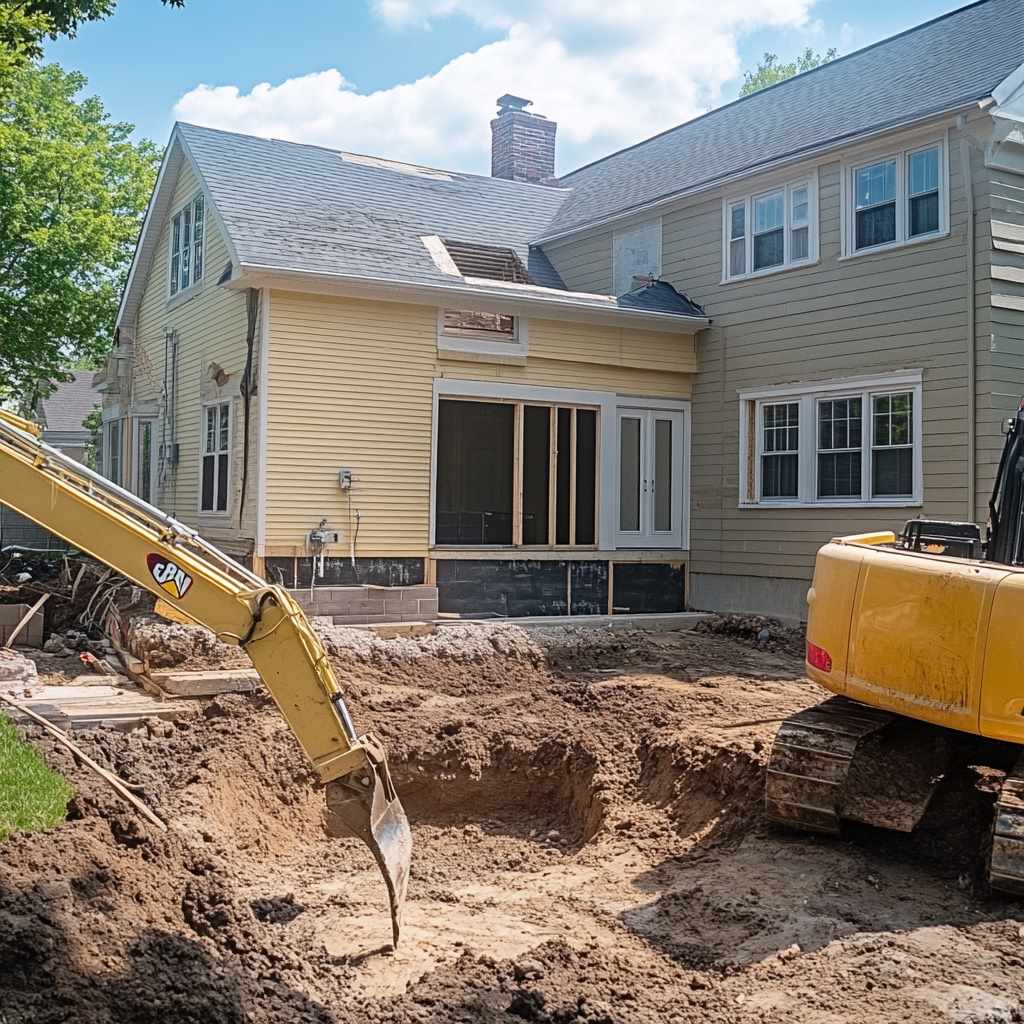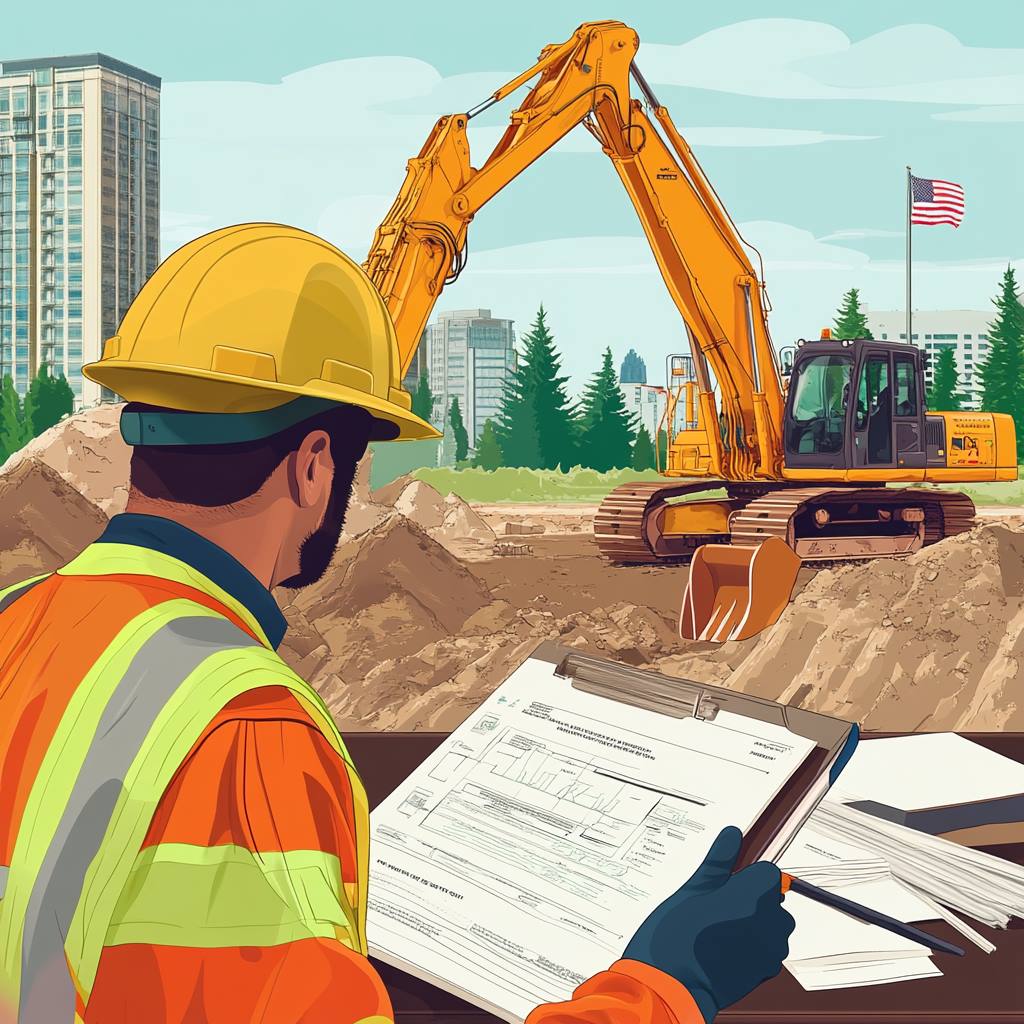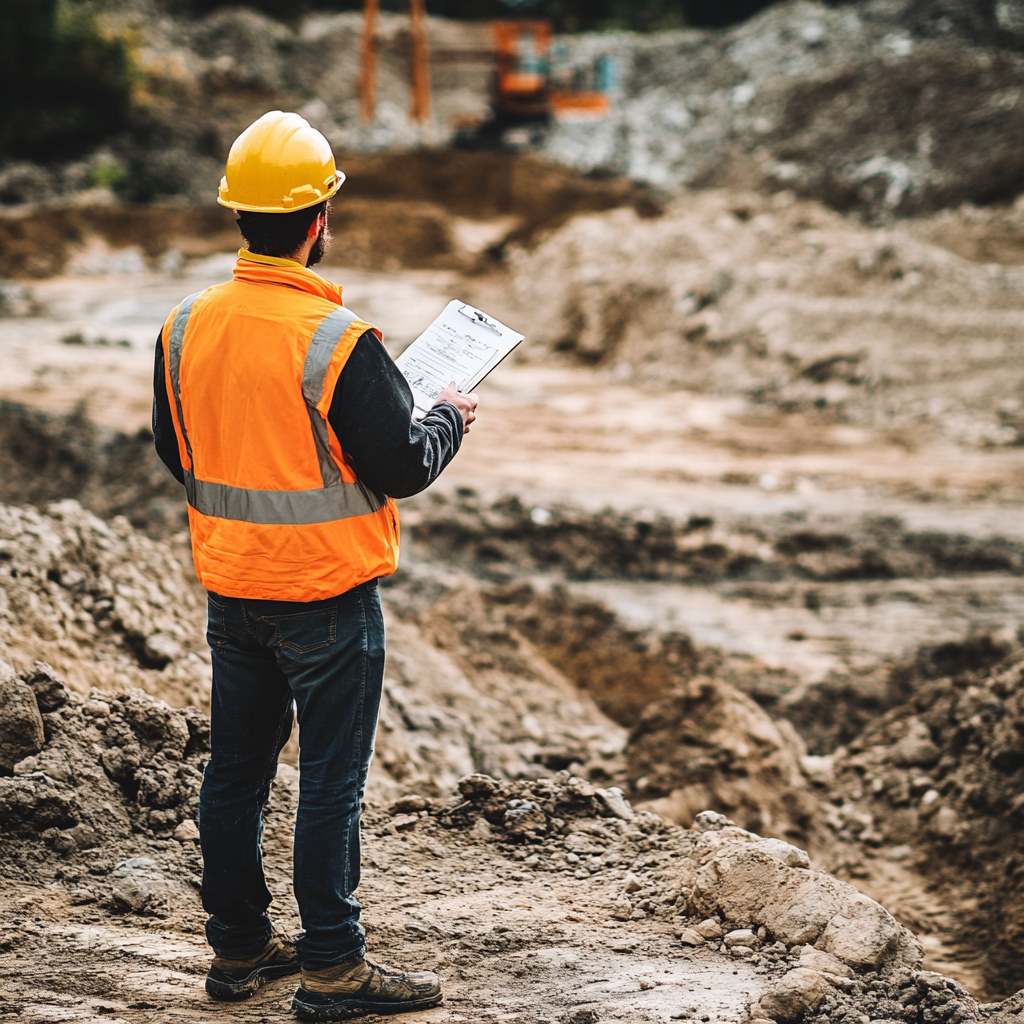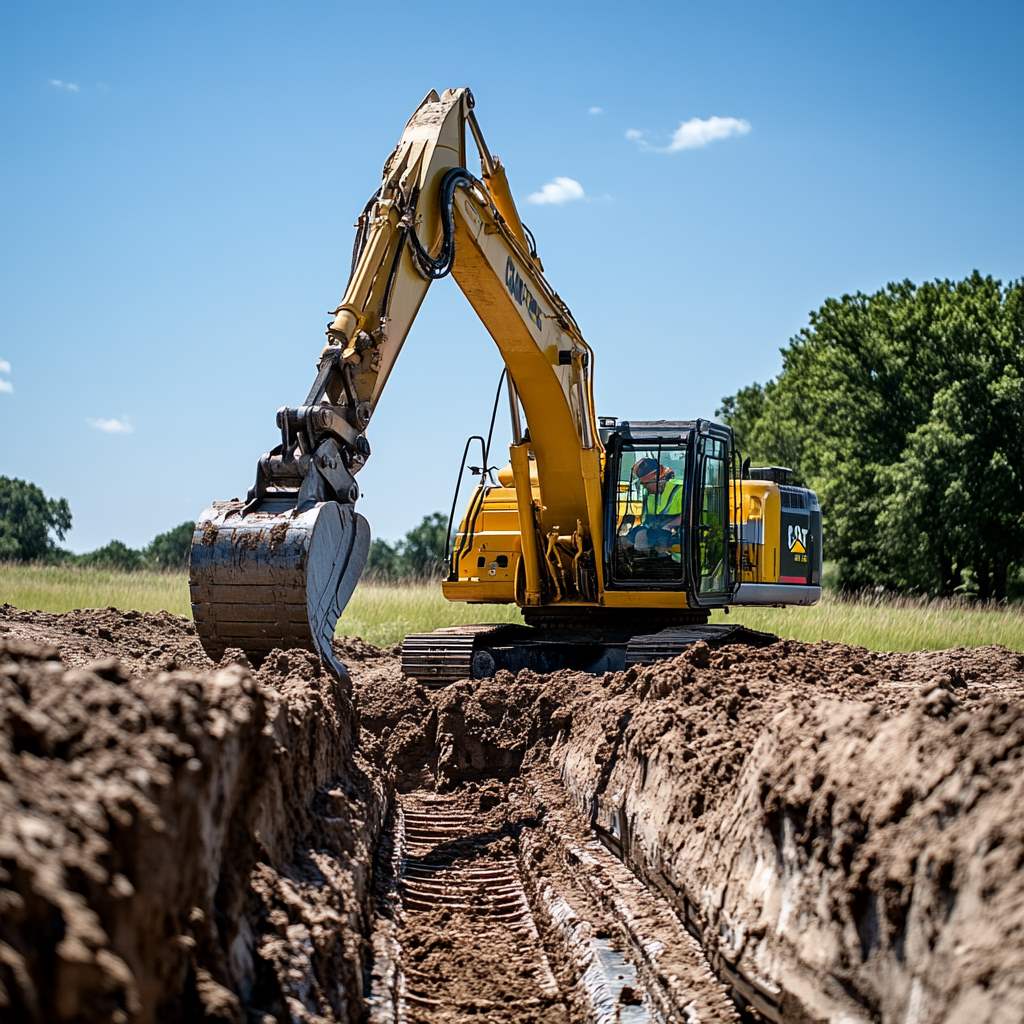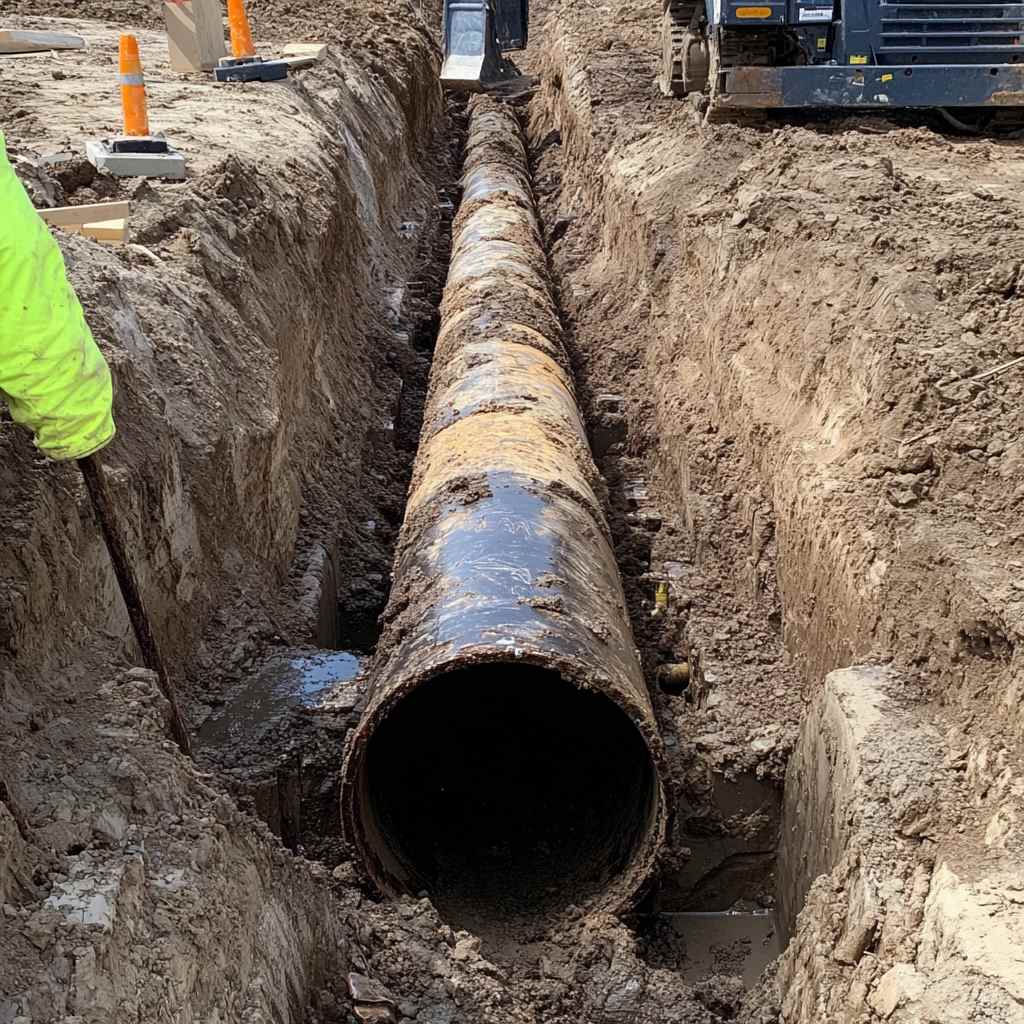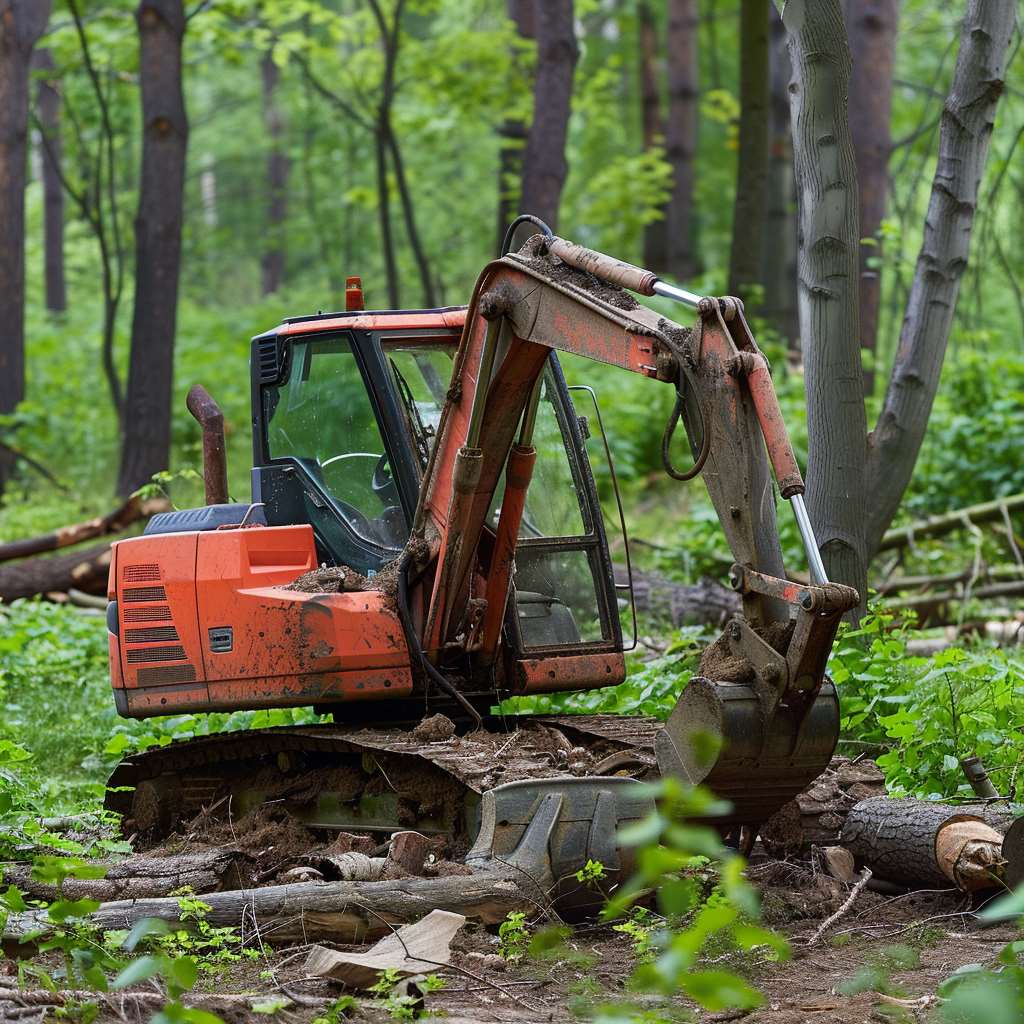Timing is everything in construction, and excavation is no exception. Start at the wrong time, and you might face delays, extra costs, or unfavorable conditions. Choosing the right season for your excavation project can maximize efficiency, enhance safety, and be more cost-effective. We at Indepth have been doing this for a while, we have a natural feel to when is the right time to dig.
Factors That Influence the Timing of Excavation Projects
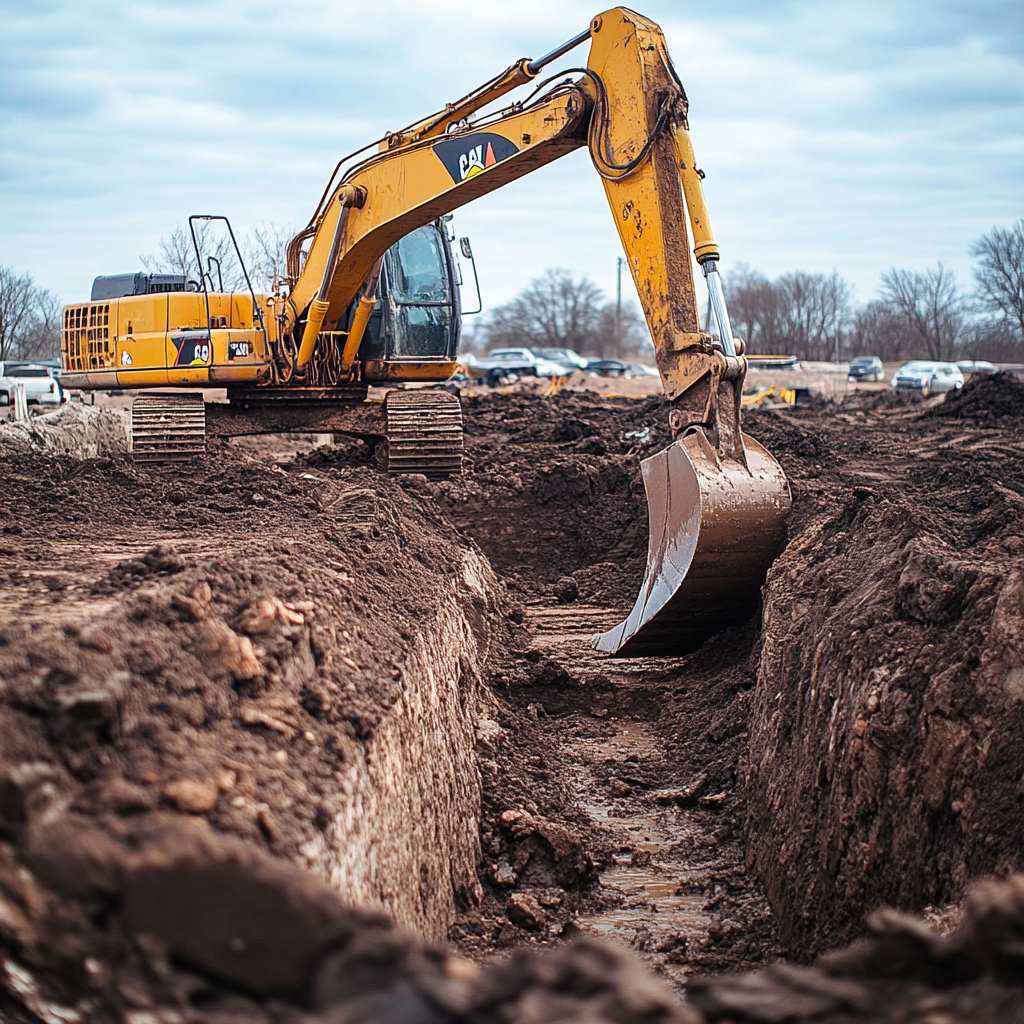
Weather Conditions
Weather’s not just a background player, it sets the pace. Rain can soak the soil and trap heavy equipment in deep mud. Snow and cold snaps don’t help either; once the ground freezes, it’s like digging through stone. And when the temperature swings, the risk of delays and added costs goes up. That’s why timing matters just as much as the tools.
Soil Conditions
Wet Soil: Saturated ground might seem workable, but it’s a safety hazard in disguise. It can slide, collapse, or even shift after excavation, risking the stability of your foundation.
Dry Soil: Bone-dry earth can be stubborn. It takes more time, fuel, and effort to break through. Not a deal-breaker, but definitely a budget-bender if not planned for.
Project Type
Residential additions, commercial builds, and heavy industrial jobs all have different tolerances for weather delays. A small backyard dig can wait out a rainy week. A multi-phase development? Not so much. Scale matters, and so does the season.
Permit Timelines
No one likes paperwork, but permits are part of the playbook. Depending on where you’re working in Washington, approvals can take weeks or more. Missing this step early can stall your entire schedule. Get those applications in before the first shovel hits the ground.
Excavation in Spring
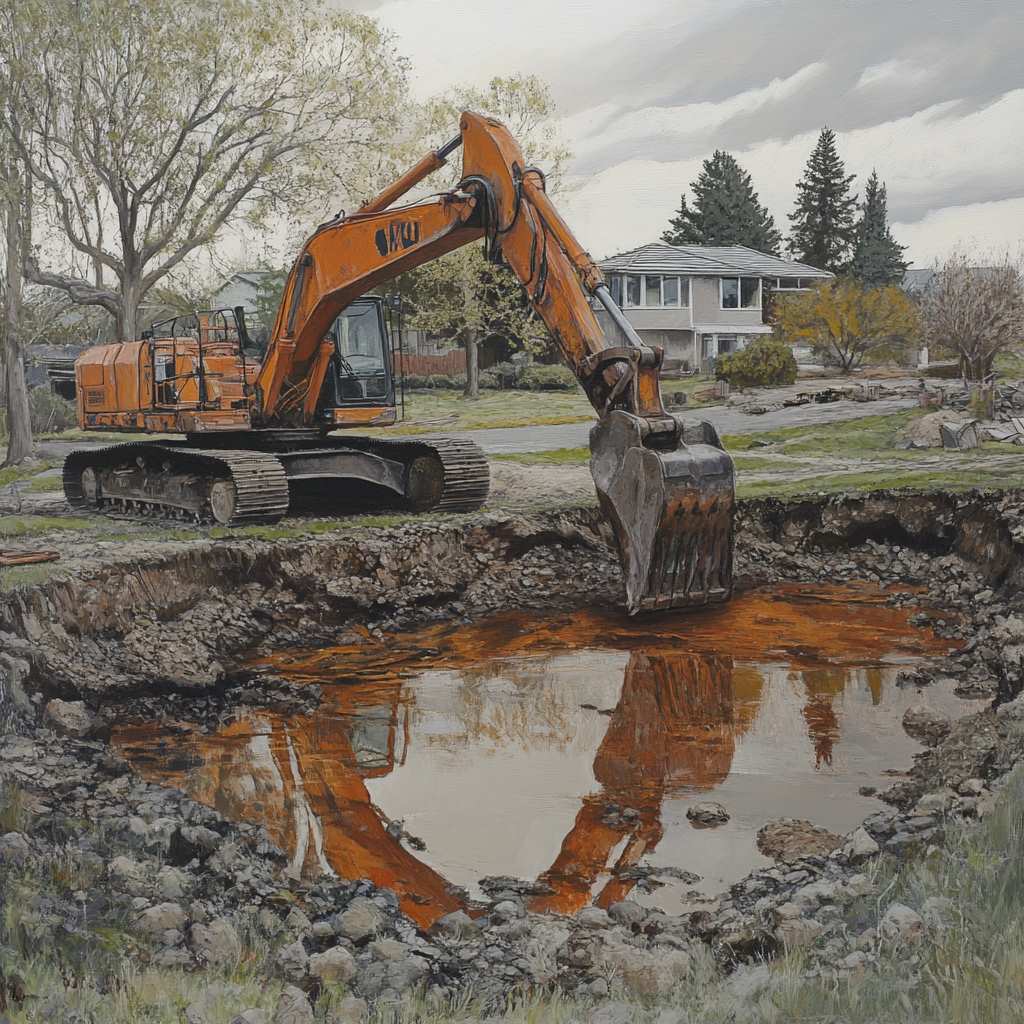
Opportunities
Spring’s a favorite for a reason: the frost is gone, the soil is soft, and you’ve got just enough daylight to make progress. Moisture in the soil helps machines cut cleanly, which is perfect for foundations, utility trenches, and leveling work.
Challenges
But spring rains hit hard. Wet work zones can slow everything down, machines get stuck, trenches flood, and access roads turn into soup.
Best Practices
- Drainage Solutions: Use gravel paths or temporary ditches to guide runoff away.
- Flexible Scheduling: Pad the calendar. Even a few extra rain days can help keep the project on track.
- Equipment Readiness: Track-driven excavators handle wet terrain better than wheeled machines. Use what works best for the ground you’re in.
Excavation in Summer
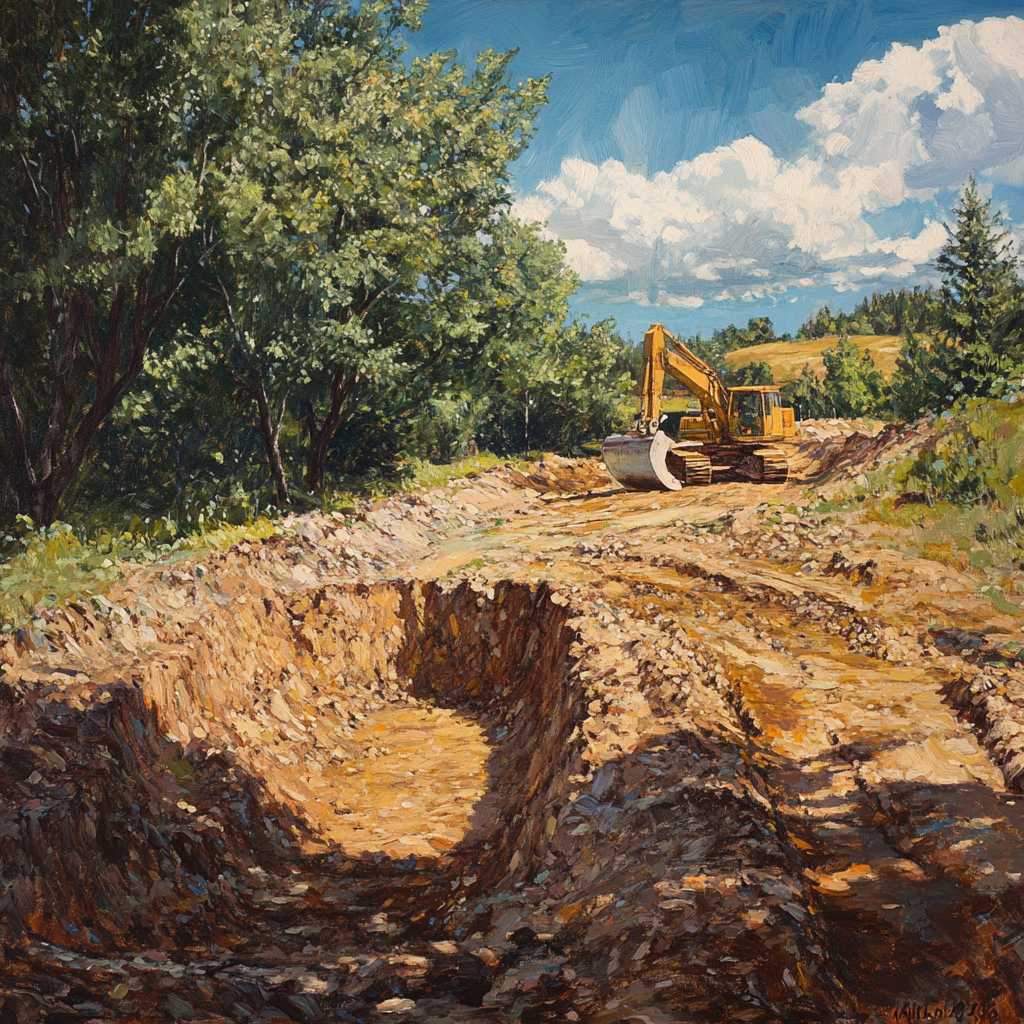
Pros
Summer’s your workhorse season. Clear skies, dry ground, and long days mean fewer interruptions and more room to work. Crews can start early, wrap late, and keep momentum without the threat of sudden storms. It’s the go-to window for large-scale excavation and one of the most productive seasons on the calendar.
Cons
Still, when the heat rises, so do the challenges. Crews need regular breaks, and machines are more prone to overheating. Soil, once dry, compacts like concrete, slowing down progress and putting more strain on equipment. Drought conditions can also make dust control a serious issue, clouds of it can reduce visibility and wear down air filters fast.
Ideal Projects
This is the time for big moves, commercial builds with strict deadlines, road construction, drainage system overhauls, or anything that benefits from long work hours and consistent scheduling. Just make sure the site has shaded breaks and lots of water.
Excavation in Fall
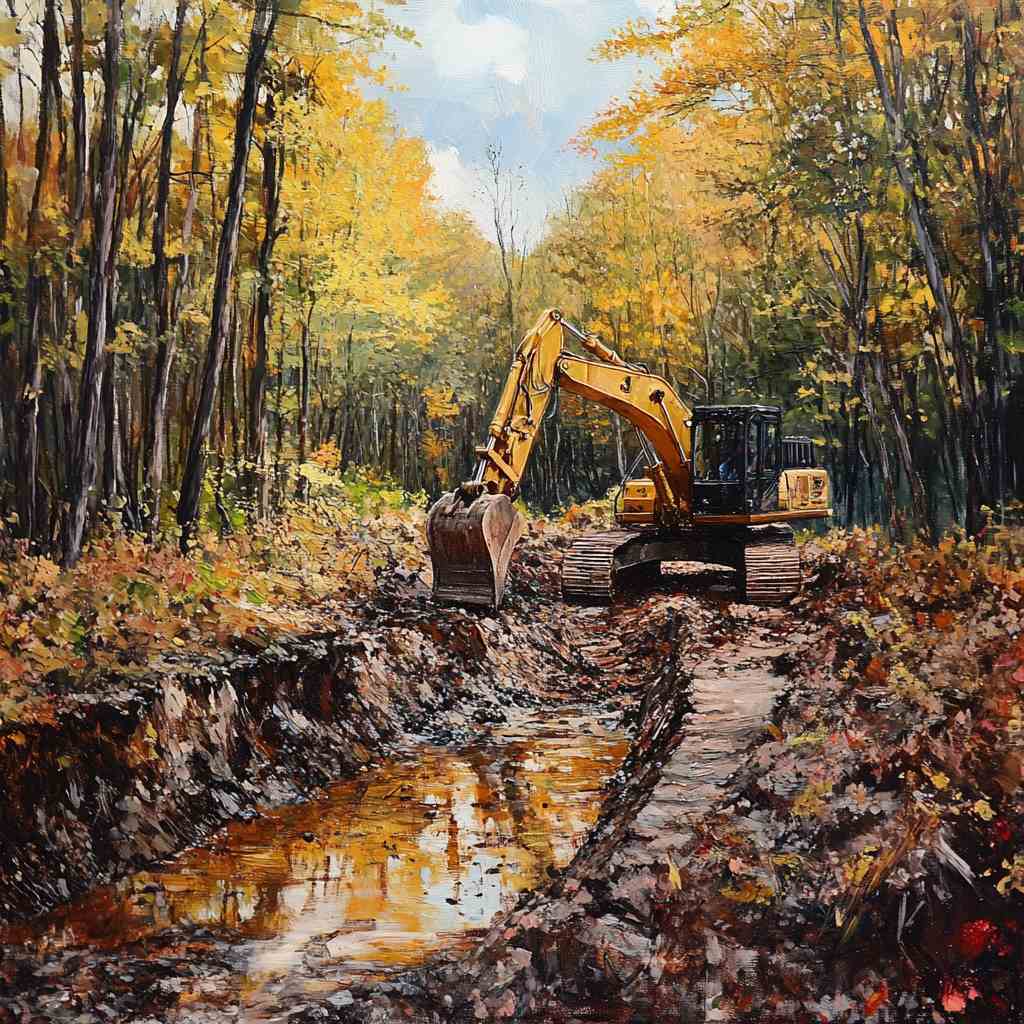
Pros
- Cooler Temperatures: Fall’s cooler air helps keep crews sharp and reduces the chance of heat-related slowdowns. Machines run more efficiently without the risk of overheating, making it easier to stay productive throughout the day.
- Soil Stability: With summer’s dry spell over, the ground regains just enough moisture to ease digging without becoming slick or unstable. This balance is great for trenching, backfilling, and site leveling—all without needing constant soil management.
Cons
- Shorter Days: Diminished daylight hours mean crews need to work smarter, not longer. Less sun can compress the schedule, especially for bigger digs.
- Weather Changes: Fall brings unpredictability. One moment it’s ideal, the next it’s a rain-soaked delay. In areas like Snohomish County, early frost or unexpected downpours can shut down the site mid-task.
Tips
Starting early in the season is key. Get ahead of the unpredictable stuff by front-loading tasks and watching the weather closely. Keep tarps and heaters on standby in case you need to protect open digs.
Excavation in Winter
Winter isn’t the crowd favorite, but it’s not off-limits either, especially in western Washington, where temperatures often stay above freezing. Emergency repairs, utility installs, or prep work for spring builds can still happen when managed right.
Challenges
Frozen soil is a beast. It dulls blades, wears down teeth, and makes machines work twice as hard. Snow and ice add slip hazards, and daylight is limited. Cold weather also slows down the crew, everything takes longer with gloves on and frozen gear.
Mitigation Strategies
- Use ground-thawing mats or heaters to soften top layers before digging.
- Keep insulated covers ready to protect exposed trenches overnight.
- Focus work around midday, when temps are highest and conditions safest.
In most cases, winter is a low-gear season. But with a seasoned team, cold-weather equipment, and clear priorities, progress is still possible, even if it’s not at full speed.
How to Choose the Best Time for Your Specific Excavation Project

Choosing the optimal time for your excavation project involves a careful assessment of various factors, starting with the local climate. In regions like Washington state, climates can vary dramatically from coastal areas to mountainous zones. These local weather patterns significantly impact excavation conditions, making it essential to consult historical weather data to identify trends and plan accordingly.
Aligning the excavation with your overall project timeline is equally crucial. Consider how the timing of the excavation will affect subsequent construction phases. Starting excavation too late in the season might delay the entire project due to unfavorable weather conditions in later months. Additionally, scheduling during periods when labor and equipment are readily available can prevent shortages that lead to delays and increased costs.
Consulting with professionals offers invaluable insights into the best timing for your specific excavation needs. Engaging seasoned excavation experts who understand the local conditions can help you navigate potential challenges unique to your area.
Why Indepth Excavation Excels in All Seasons
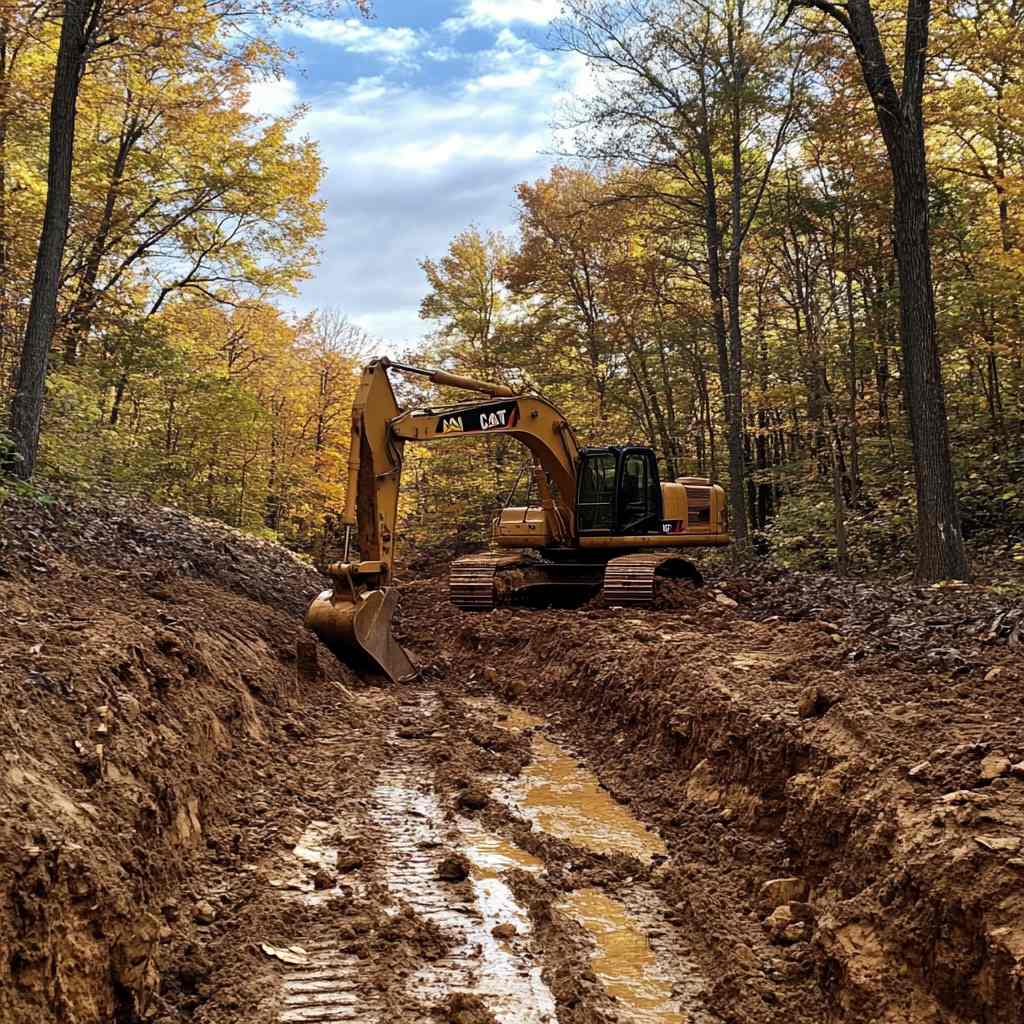
At Indepth Excavation, we pride ourselves on delivering exceptional services year-round in Washington. Our team’s extensive experience allows us to anticipate and adapt effectively to seasonal challenges. We understand that each season brings its own set of obstacles, and we’re prepared to handle them to keep your project on track.
Regular maintenance protocols keep our equipment in optimal condition, minimizing downtime due to mechanical issues and ensuring consistent performance throughout your project.
Our deep understanding of regulatory requirements further sets us apart. We’re familiar with local regulations and permit processes, which allows us to secure necessary approvals promptly.
We offer customized solutions tailored to your project’s unique needs. By conducting thorough project assessments, we can recommend the best timing and strategies to maximize efficiency and safety.
While excavation can be done year-round, choosing the optimal season can save you time, money, and headaches. By carefully considering the factors outlined above, you can plan your project for maximum efficiency.
Reach out to Indepth Excavation for professional guidance and seamless excavation services tailored to your project’s needs and timeline. Let us help you determine the best time to bring your project to life.

